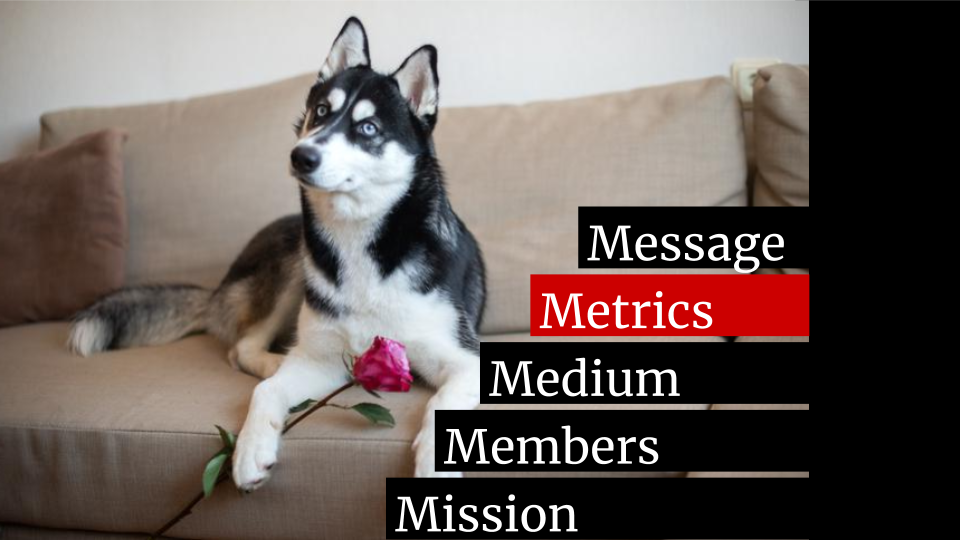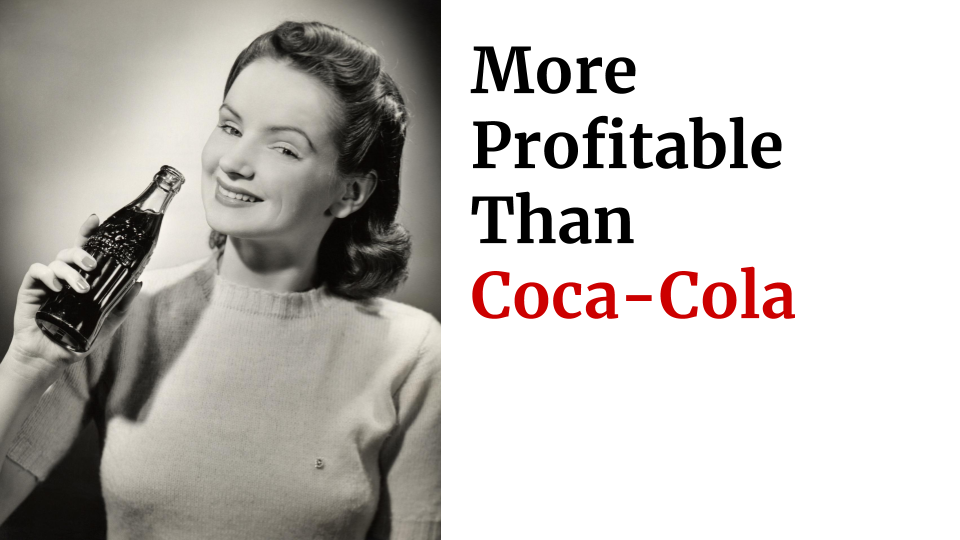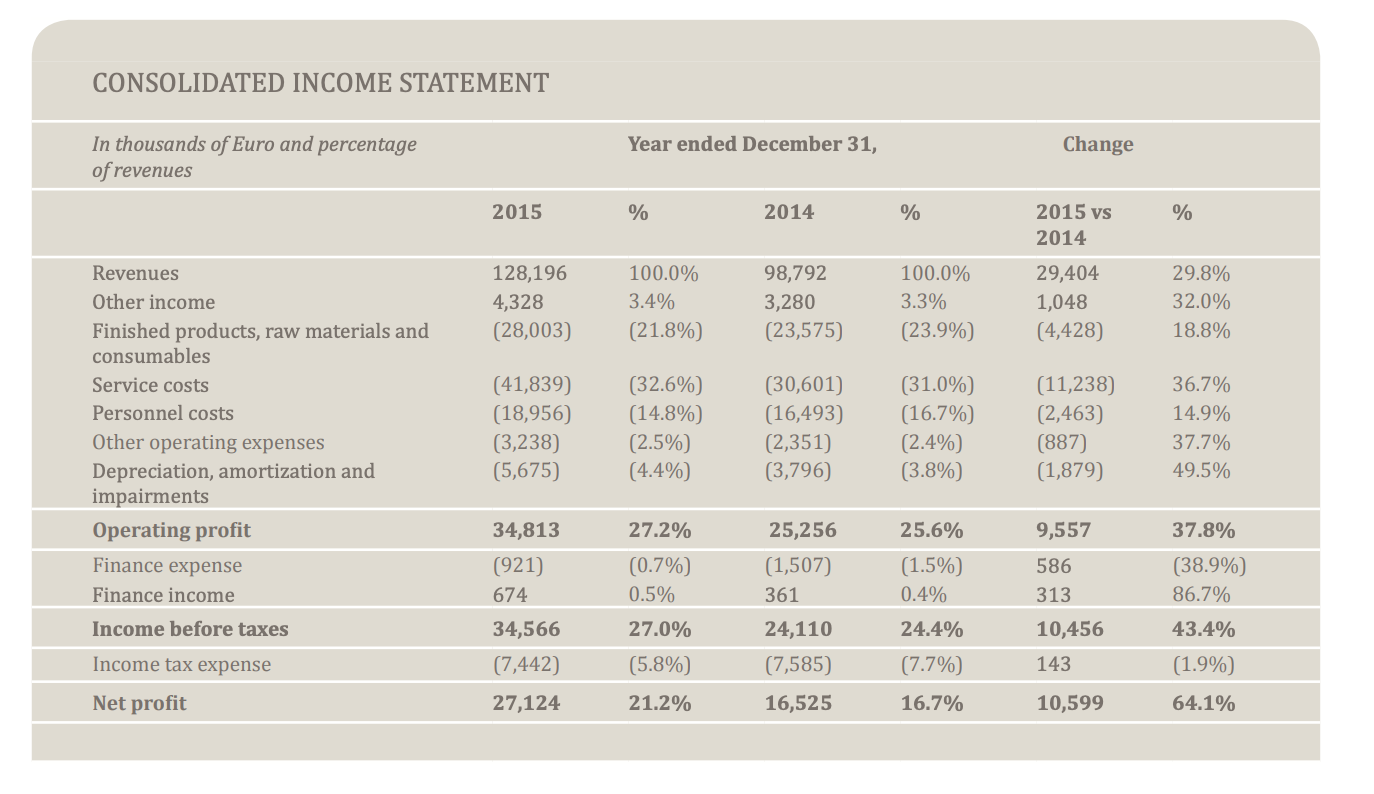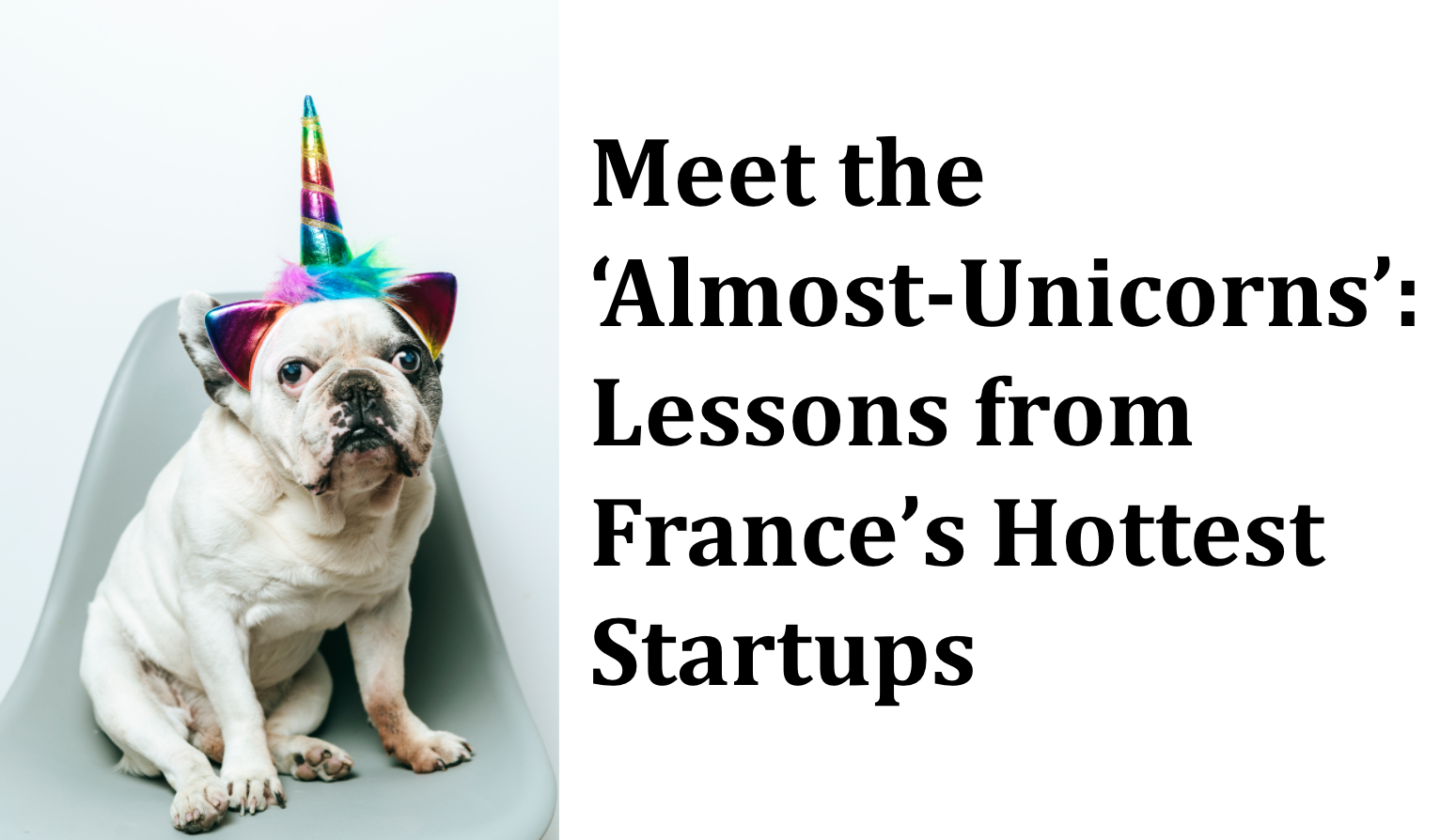Contents:

54% Profit: A Look Inside the Lucrative Storage Unit Business | Trends by The Hustle
Introduction
“That’s the whole meaning of life, isn’t it — trying to find a place for your stuff.” — George Carlin
In 2011, entrepreneur Graham Hill took the stage at TED, and said that Americans had a “stuff” problem. Despite the fact that houses had grown by ~3x over 50 years, Americans were still relying heavily on a 2.2B square foot personal storage industry to house their extra stuff.

Lessons From Estonia: A Window Into E-Societies of the Future | Trends by The Hustle
This is the 2nd in a series of articles in which we investigate trends in different parts of the world, show how companies are responding to those trends, and provide lessons you can apply to your business. Check out our first article on Japan.
Introduction
Estonia is widely considered one of the most digitally advanced countries in the world. It ranks 3rd behind Denmark and South Korea in the UN’s E-Government Development Index (EGDI), which measures a country’s willingness and ability to implement ICT-led development.
As the pioneers of the world’s first Digital Nomad visa, which allows remote workers to live in and work from Estonia while they travel Europe, the country is a soon-to-be hub for the new wave of nomadic employees and freelancers.

A 5-Part Framework for Building Your Brand Community | Trends by The Hustle
Intro
Competitors can copy your product. They can even copy your processes. But no one can ever clone the bonds that exist between you and your people, meaning that a strong community is one of the only remaining moats between your company and would-be copycats, especially if those copycats try to win on price.
To use a sports analogy — no fan has ever switched teams just because their rival’s jerseys were on sale.

Reverse-Engineering for Growth, With Julian Shapiro and Aadil Razvi | Trends by The Hustle
Julian Shapiro is the founder of Demand Curve, a Y Combinator-funded training program that teaches companies and individuals to become expert marketers. Earlier this year, he joined us for one of our first Trends lectures, in which he dropped 15 growth marketing tactics to supercharge your startup.
In September he was back for round 2, and this time he was joined by Aadil Razvi, the head of sales at Demand Curve. They’re divulging all the growth insights they have gathered from reverse-engineering the strategies of successful Twitter accounts and competitors, and providing actionable tips on how to apply them to drive growth in your business, including:
- Reverse-Engineering Twitter
- Why you should care about Twitter
- Which types of content get the most engagement
- How to attract followers (not just likes)
- How to use topics to expand your reach
- Why to treat Twitter as a blog, not a fire hose
- Where to find inspiration for quality content (so that you don’t have to rely on shower thoughts)
- How to use your profile to convert visits to followers
- Reverse-Engineering Competitors
- How to see a company’s current A/B tests
- How to find a company’s hidden ad landing pages
- How to find a company’s Facebook ads and purposefully get retargeted
- How to audit a company’s content marketing
- How to audit a company’s onboarding funnel

Inside the "Recession-Proof" Industry of Pet Health | Trends by The Hustle
Intro
We love to spoil our pets. Even the word “pet” is said to be derived from an old Gaelic term peata, which was used to denote a favorite child before it was ever used to describe an animal kept in the house. People treat their pets like family.
Nowhere is this more true than among millennials, 82% of whom see pet ownership as a kind of preparation for having kids. As millennials grow to dominate the earning and spending portions of the economy, the pet industry is booming.

Lessons to Grow Your Publication From the Ground Up | Trends by The Hustle
This week’s research comes courtesy of Trendster Steph Smith, whose new e-book “Doing Content Right” is a comprehensive guide to building and scaling your own publication. She’ll teach you how to define your niche, decide what to write for whom, test and scale distribution platforms, and grow a loyal audience — through 200+ pages of insights and dozens of exercises to help you learn.
The following report, adapted from her book, represents just a tiny sliver of her expertise. To learn more, buy “Doing Content Right” here. Use the code trends20 for 20% off.
Key takeaways
- It’s not too late to get started. Why start another publication in 2020, when there’s more information out there than ever? Simple: If you can identify a clear advantage, you can win.
- Understand your monopoly. You must solve a new problem or be better (even just a little bit better) at solving an existing one.
- Paid or free? Before deciding, understand your value proposition. If you plan to charge, you need to be a painkiller — not a vitamin.
- Either way, you’re probably not thinking enough about distribution. People think, “If I build it, they will come.” Quite the opposite. The CODES framework will teach you how to think through the pros and cons of different channels, and incorporate them into your strategy over time.
- SEO can be the most valuable tool in your toolbox. It takes some upfront investment of time or money, but it is often the most overlooked channel that leads to sustainable growth over the long run.

Inside the $1T Market for Age Tech | Trends by The Hustle
Helen Ruth Elam (AKA “Baddie Winkle”, AKA “Bad Lil Baddie”) has 3.7m followers on Instagram. She is 92 years old and says she’s been “stealing ur man since 1928!!”
Baddie is just one of many influencers proving that 90 is the new 80, 80 is the new 70, and so on. Lili Hayes (72) is a comedian with ~233k followers. Shauna Robertson (58) is a lifestyle and fashion blogger with 100k followers. Fitness model Angelique Miles (52) has ~50k followers.
While marketers and advertisers have long been obsessed with capturing the attention of consumers aged 18-35, the over-55s spend twice as much as millennials under 35 in the US.

27% Margins: Lessons From the Paper Notebook Business | Trends by The Hustle
For a brief time in the mid-2010s the well-known notebook brand Moleskine was listed as a publicly traded company on the Milanese stock exchange. In their 2015 financial statements, they reported a whopping ~27% operating profit margin.
To put that in perspective, during the same year, Coca-Cola reported just ~16.5%.

More than that, their revenue had grown ~30% YoY, and some of their direct retail business (consisting of several dozen Moleskine shops around the world) had grown ~76%.

A Wild Week of IPOs: Lessons from Sumo Logic and Others | Trends by The Hustle
In a single day last week, a small army of software companies filed to go public.
The software sector is 🔥 for good reason: The 18 players that went public on US markets this year have climbed ~91% since their debuts — compared to 52% for practically everyone else.
What should businesses take away from the SaaS splash? A few growth lessons:

Meet the ‘Soonicorns’: 6+ Business Ideas Inspired by France’s Hottest Startups | Trends by The Hustle
When President Emmanuel Macron came to power in 2017, the former investment banker vowed to make France “a nation of unicorns.”
A little more than 3 years on, France’s startup scene is benefiting from new measures designed to attract young businesses, including:
- Tax reforms, such as a flat tax on dividends.
- A revamped visa system including a new “Tech Visa” that puts non-EU startup employees, founders, and investors on a fast track to obtain a residency permit.
- New rules on stock options that make it easier for French startups to lure talent away from US rivals and big corporations.